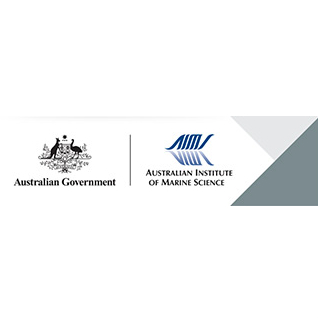Brief description
Three species of soft corals with different morphologies were chosen for colony size measurements. Sinularia flexibilis has a branching fleshy growth form with a very calcified base. Sarcophyton elegans has an erect mushroom shaped growth form, with a relatively calcified base. Dendronephthya sp. has an erect growth form, with the surface covered with spicule covered tentacles. The interior is mainly filled with water and the base somewhat filled with sclerites, but detaches easily.Sinularia flexibilis and Sarcophyton elegans colonies were measured on Loomis Reef, at the western entrance to the Lizard Island lagoon in September 1993. Dendronephthya sp. colonies on the northern side of Lizard Island were measured in August 1993. Ten colonies of each species were marked and measured 8 times over a 24 hour period to record variability in colony size. For each species, basal circumference (cm) and colony height (cm) were measured. In addition, the diameter of the oral disc (cm) of Sarcophyton elegans was measured. All colonies were touched firmly to cause colony contraction prior to measurement.Field measurements of colony size were also compared with colony volume to determine the best predictor of colony volume, in December 1993. Colonies of each species were measured, removed and placed in 100% formalin. The formalin was changed daily for a week to remove all water, and the volume of the colonies measured under formalin. A range of measurements have been used to determine the colony size of soft corals. However, the size of soft corals varies in response to environment and handling. This research was undertaken to determine which measurements give the best estimate of colony size for soft corals with different growth forms.Lineage
Maintenance and Update Frequency: notPlannedNotes
CreditHellstrom, Micaela, Dr (Principal Investigator)
Modified: 17 10 2024
text: westlimit=145.438868; southlimit=-14.70777; eastlimit=145.48121; northlimit=-14.643557
Robustness of size measurement in soft corals: Hellstrom M and Benzie JAH (2011) Robustness of size measurement in soft corals. Coral Reefs 30: 787-790.
local : articleId=8921
- global : 7c1a8371-3b53-4e12-b3c1-896f12300315


